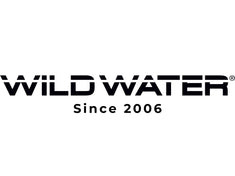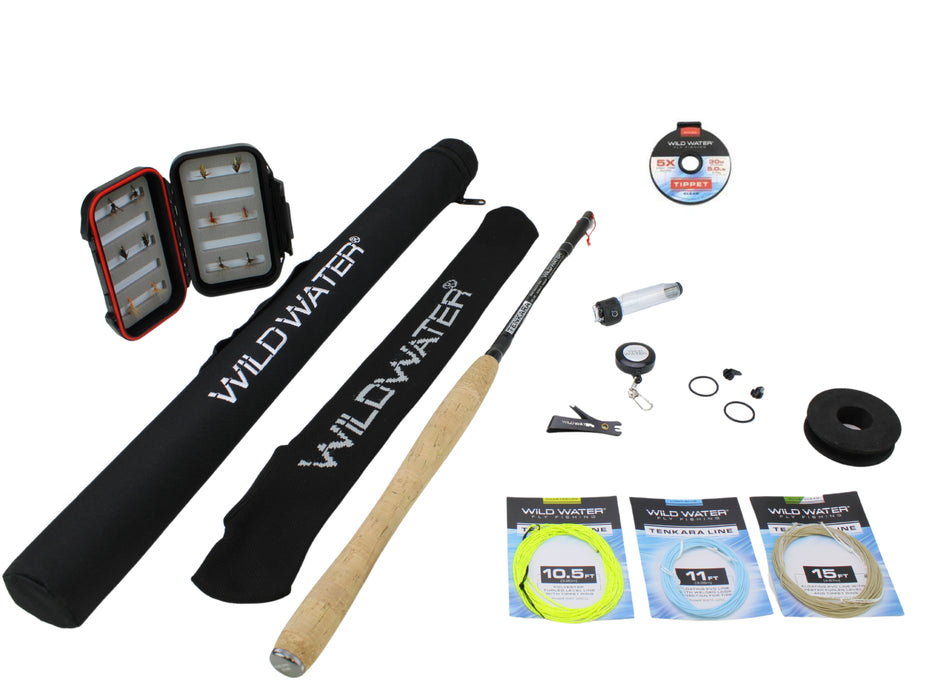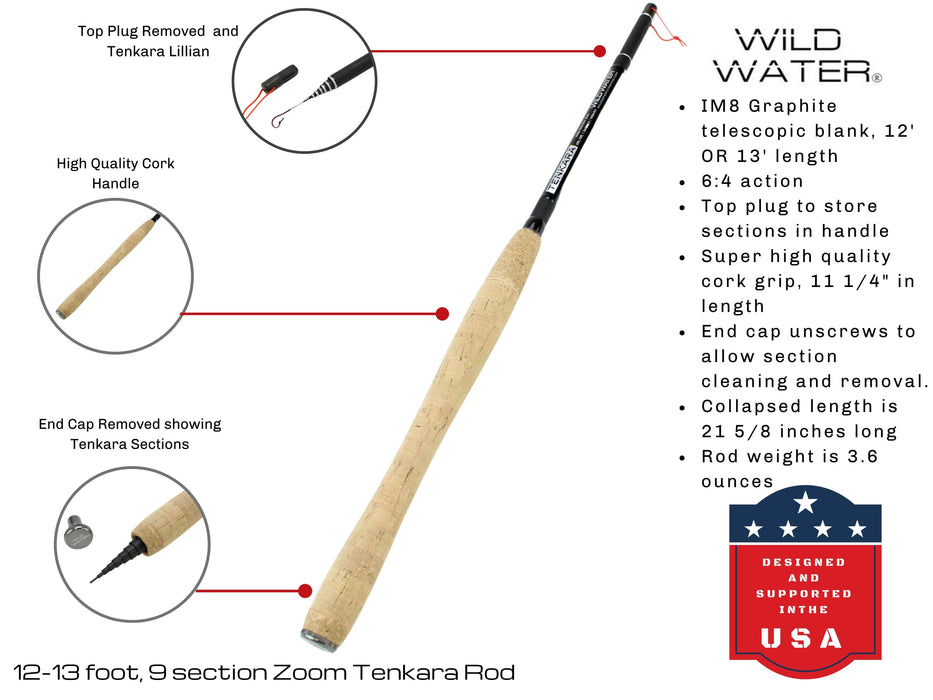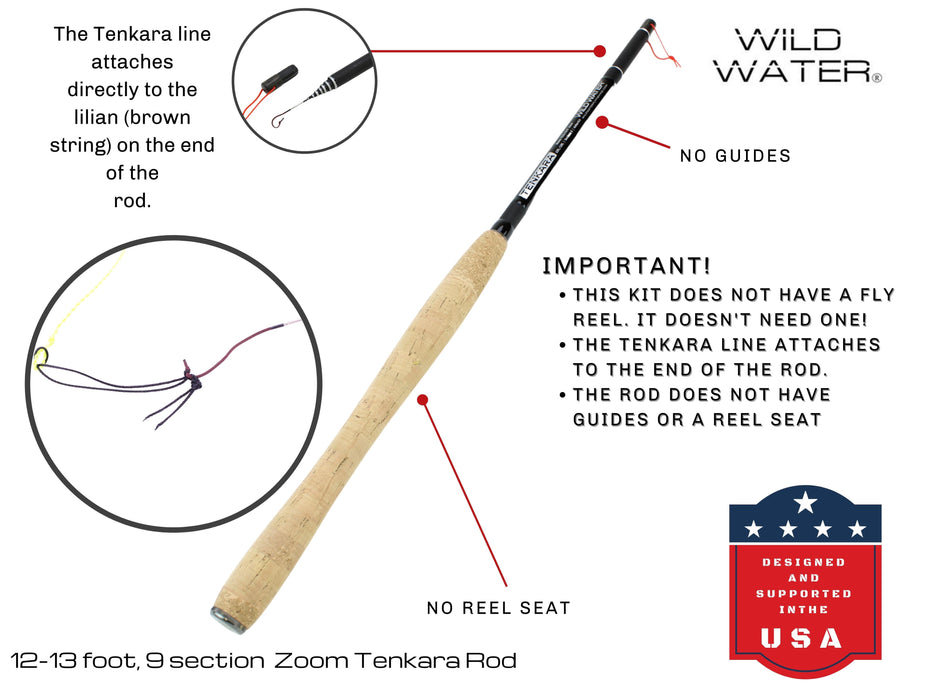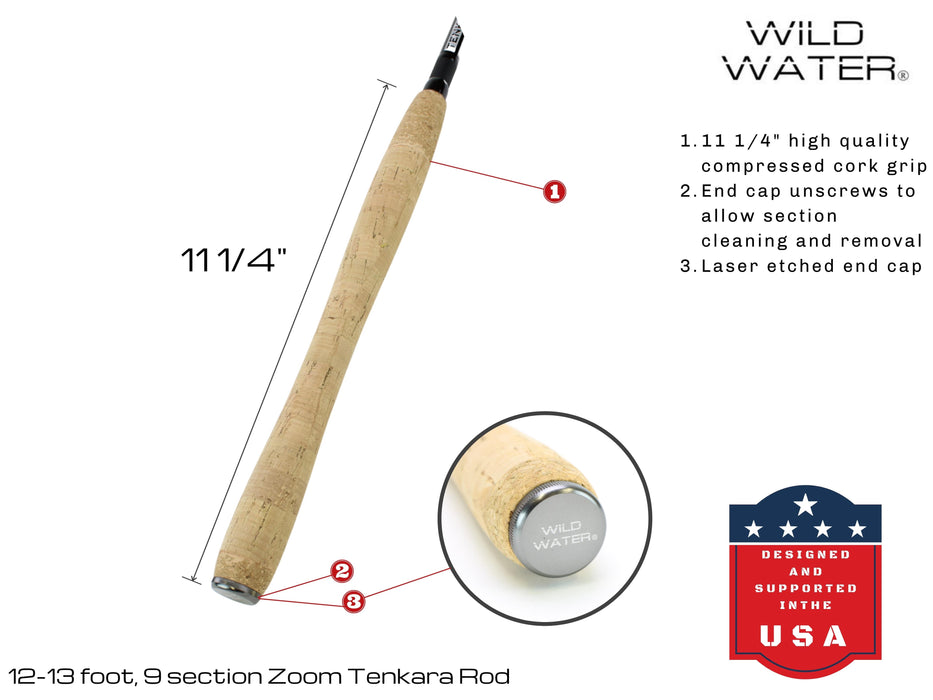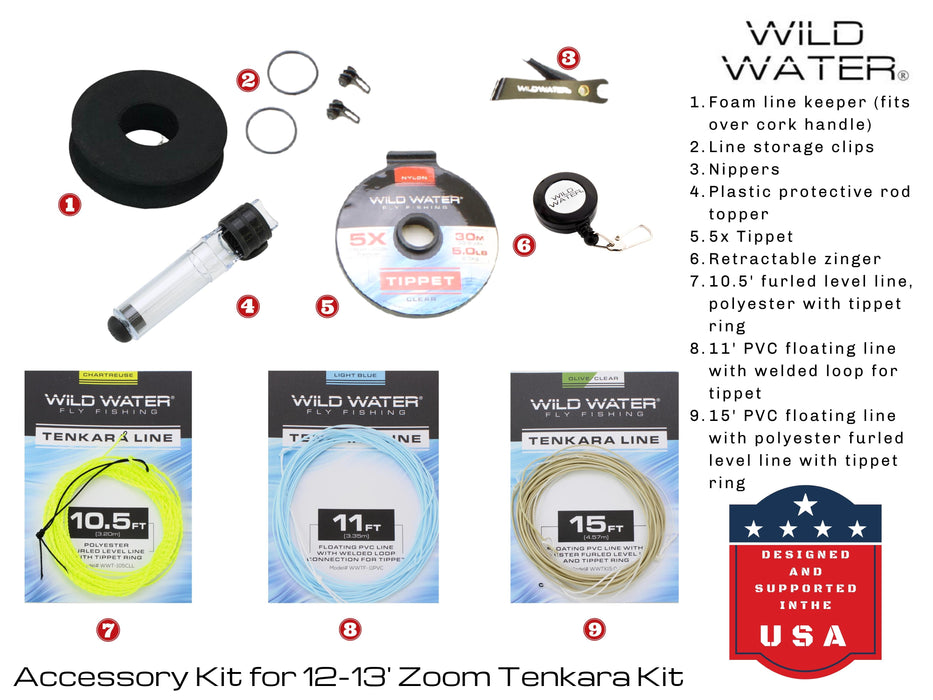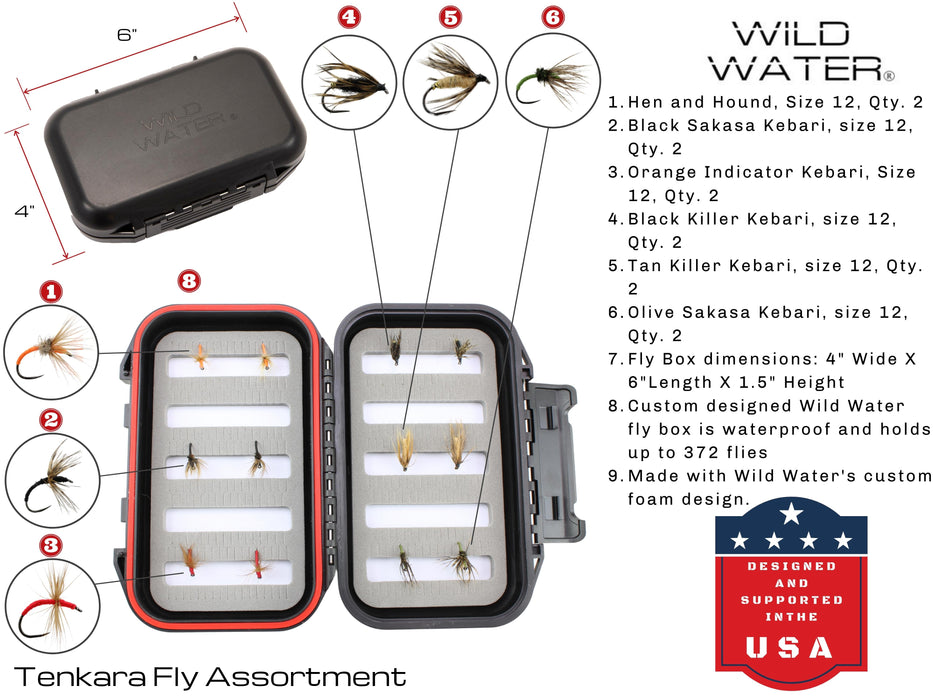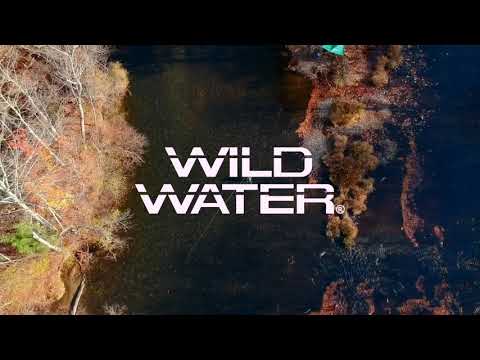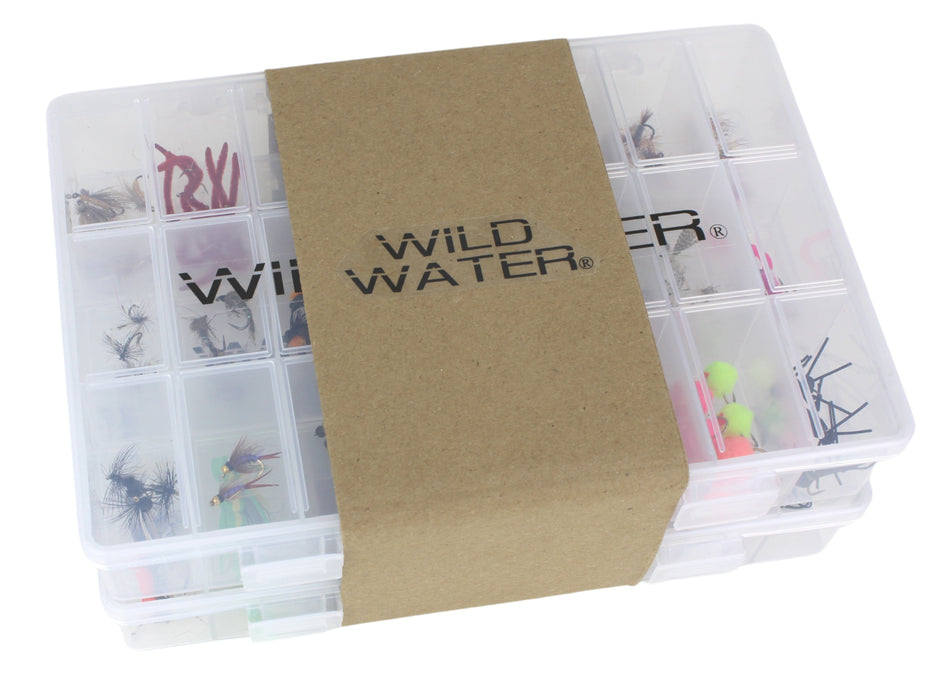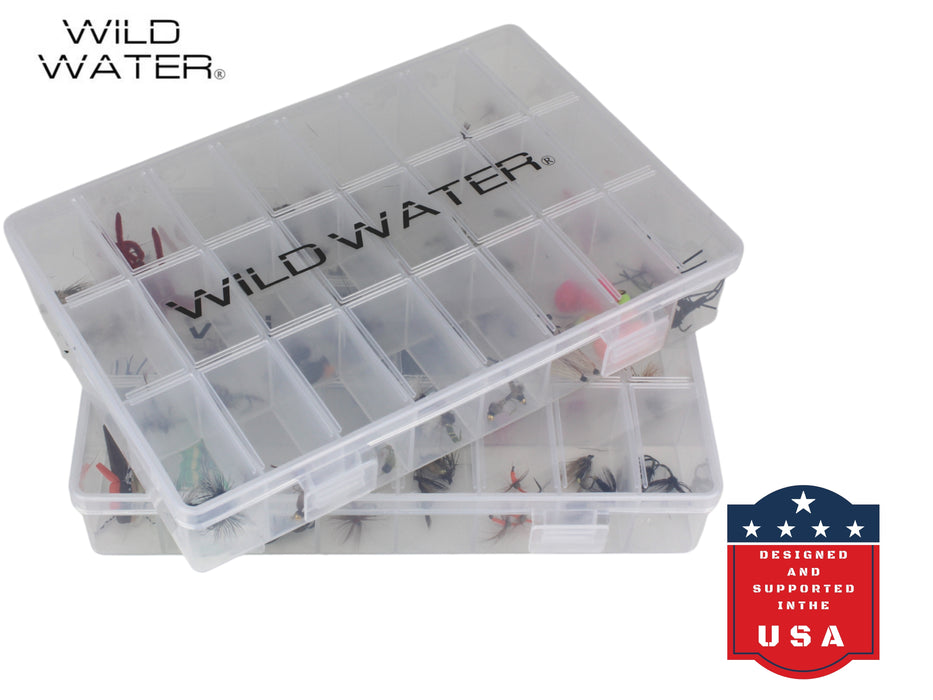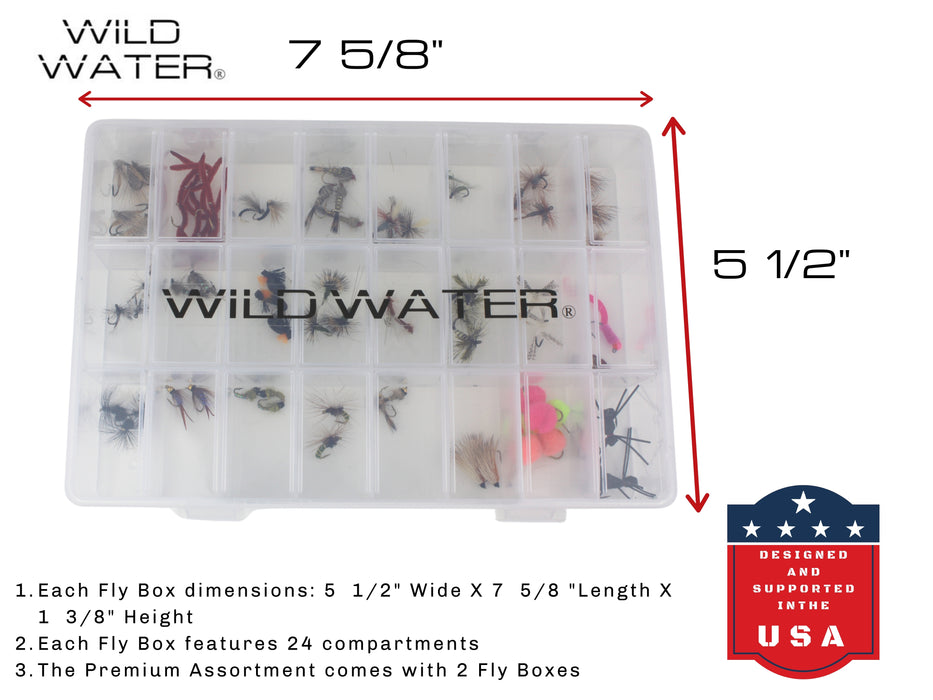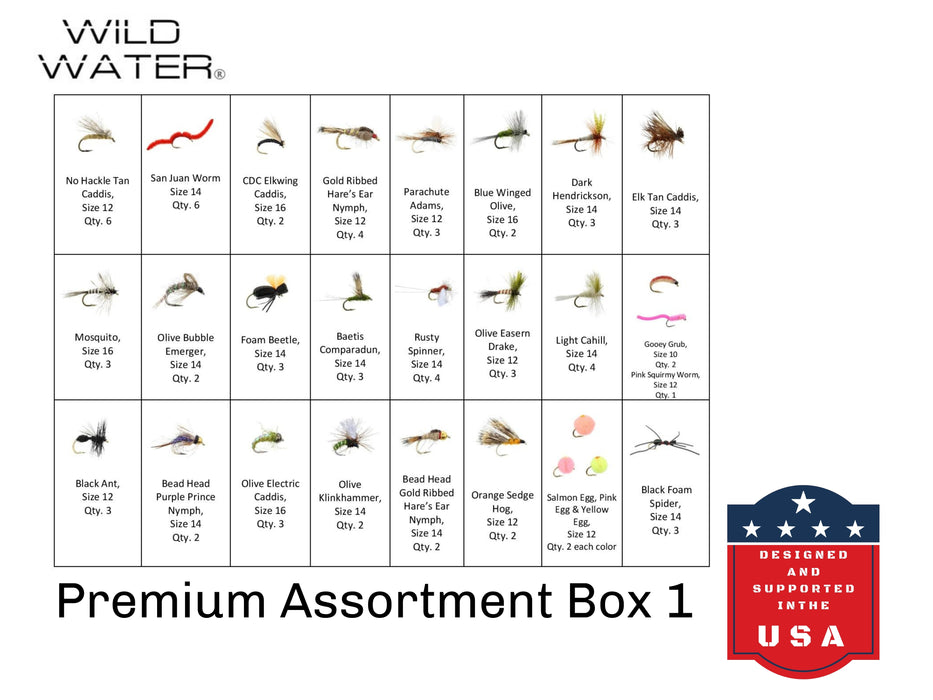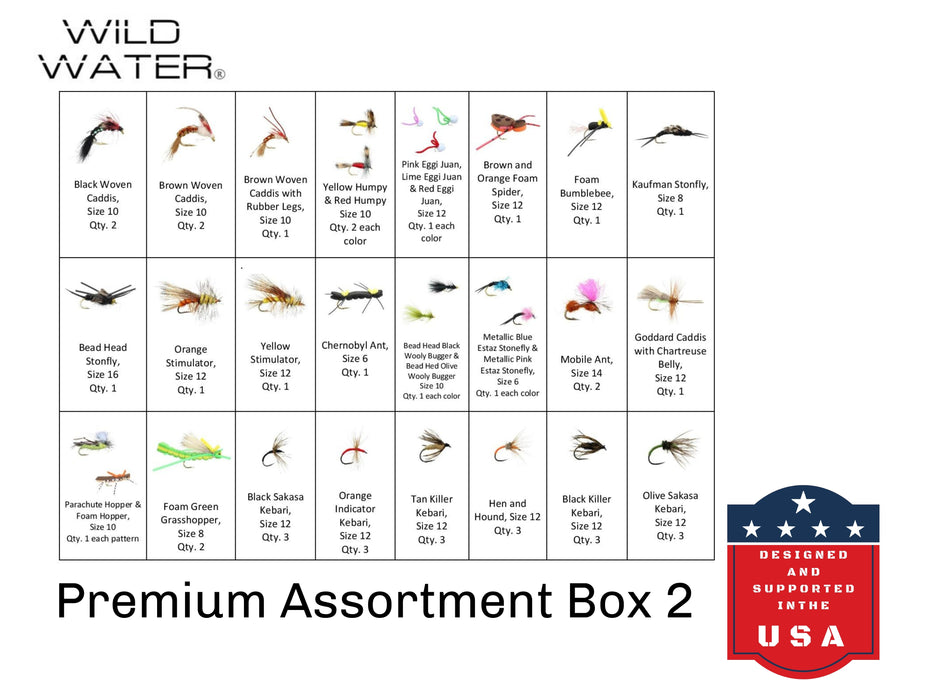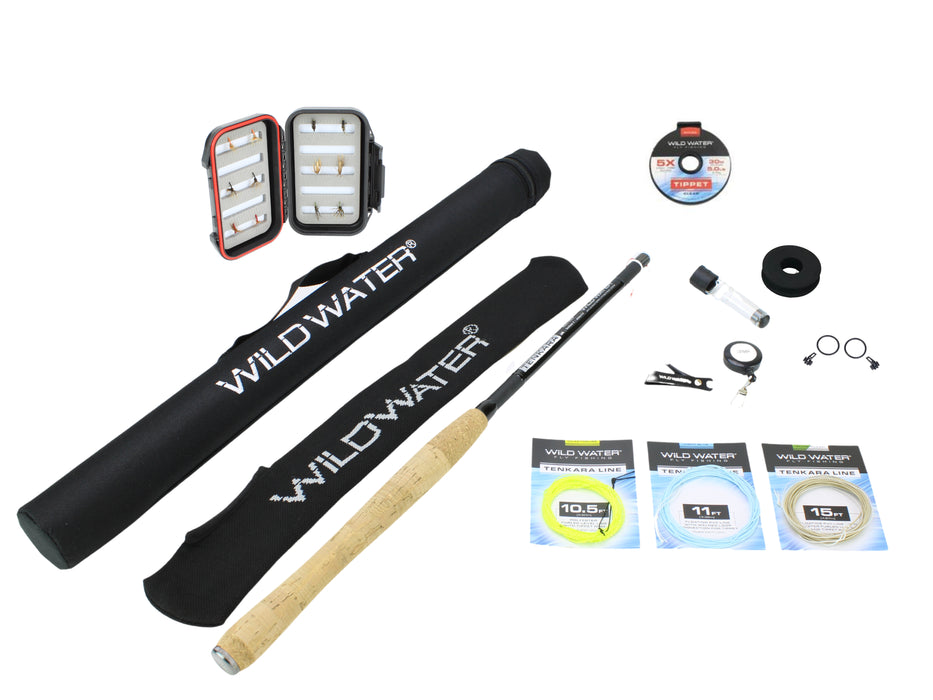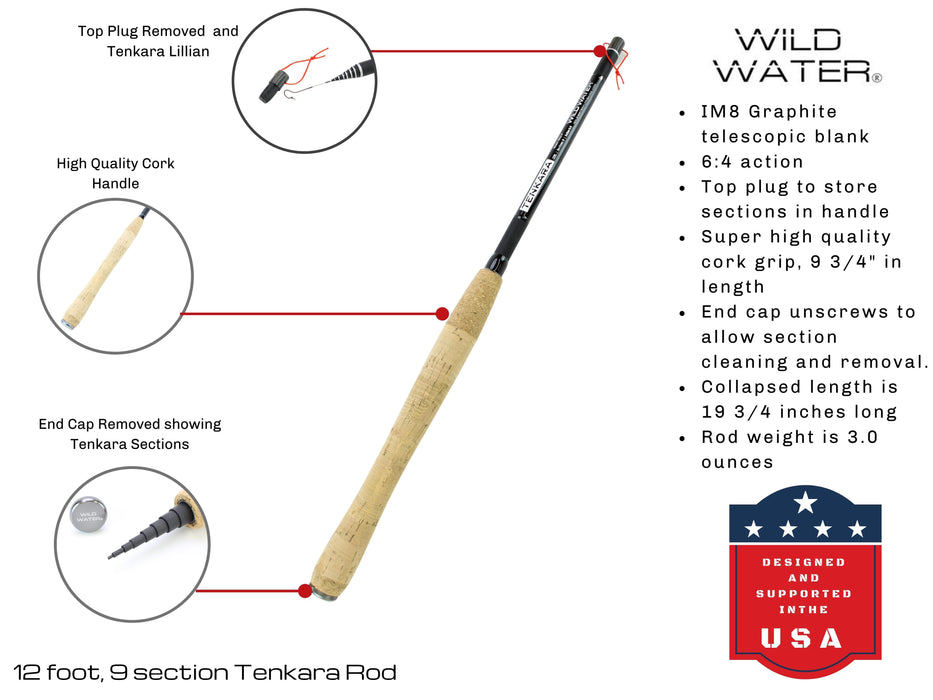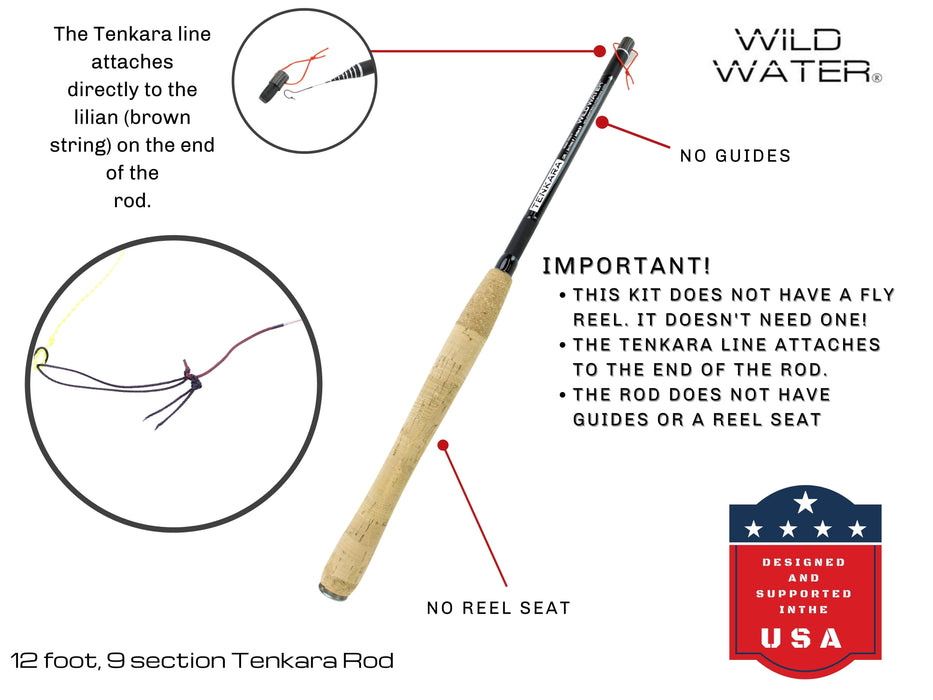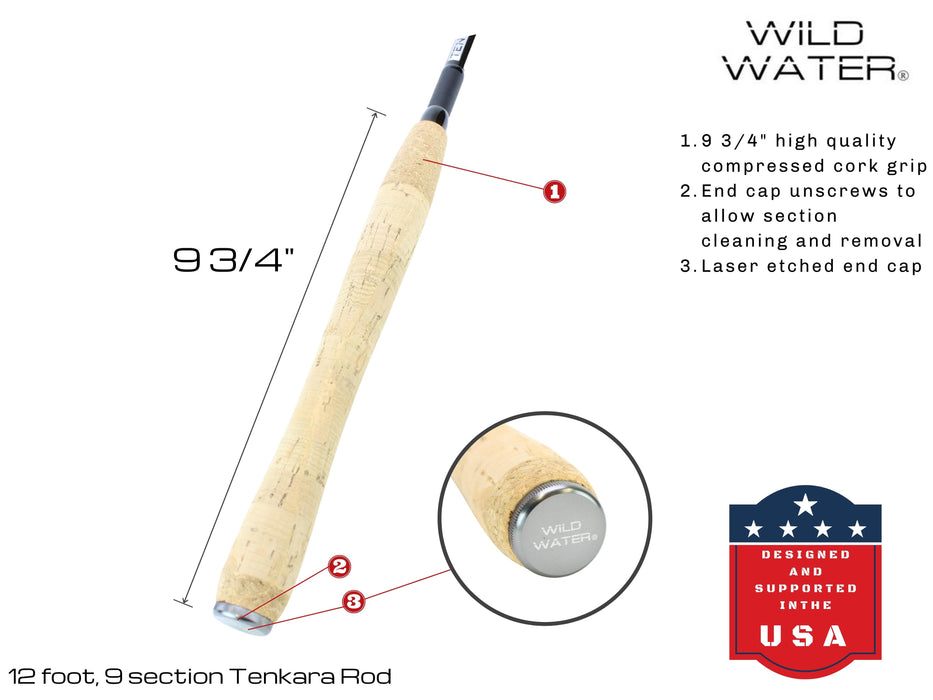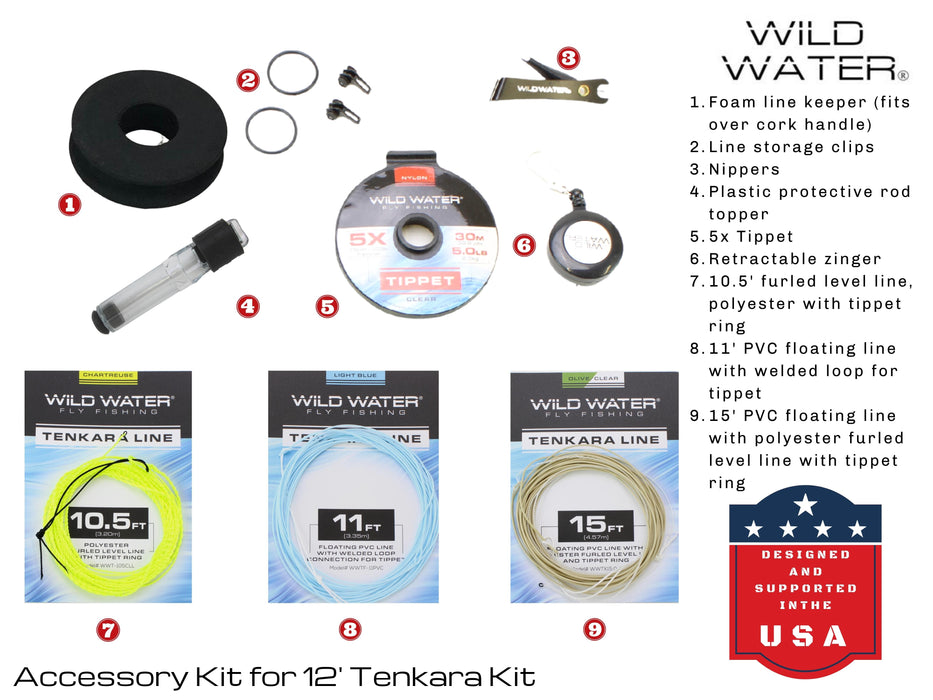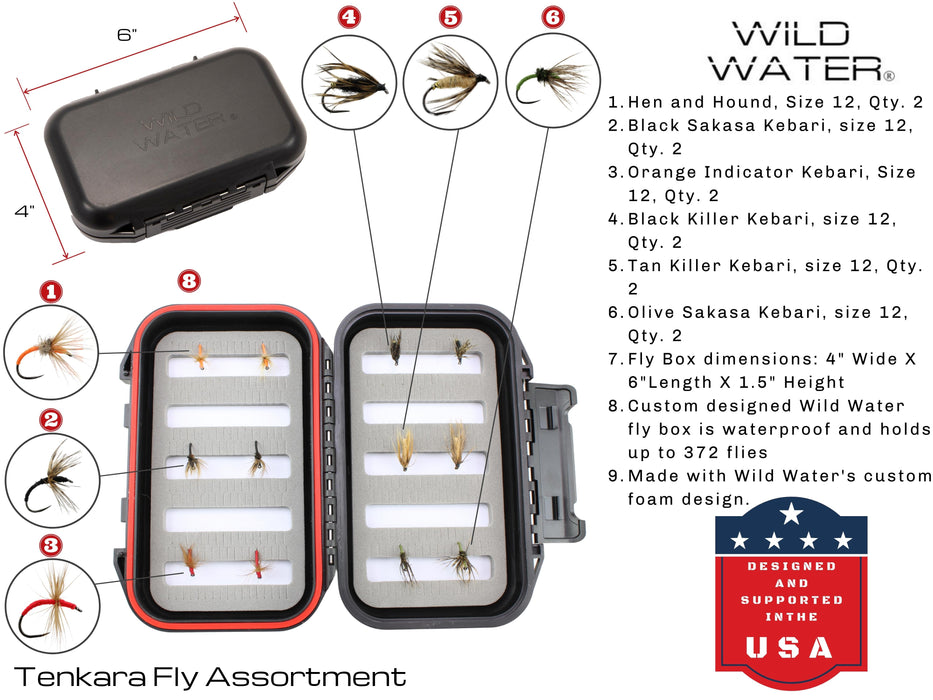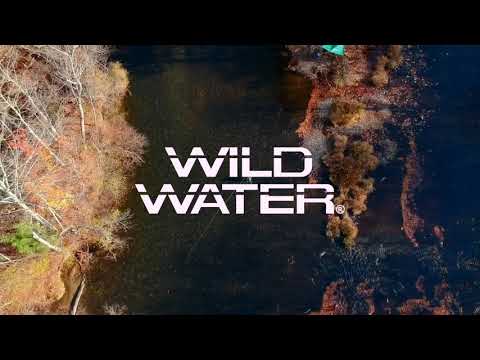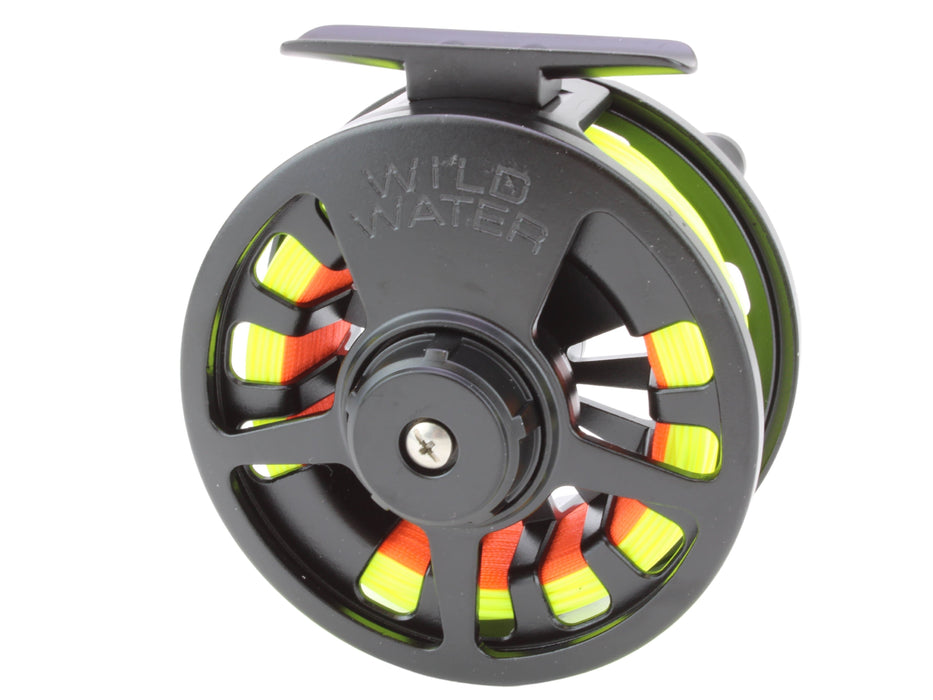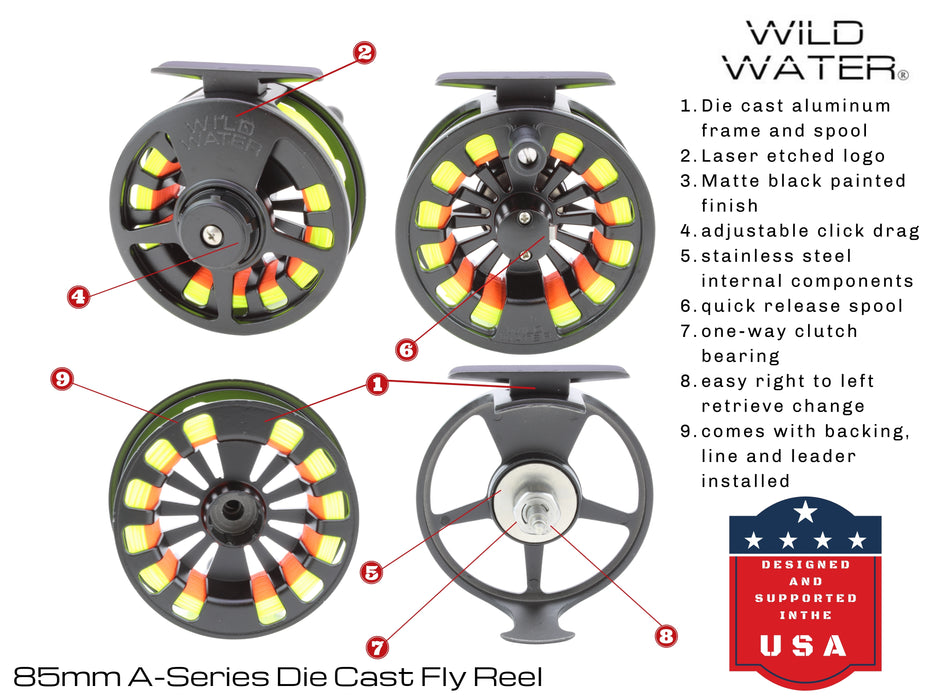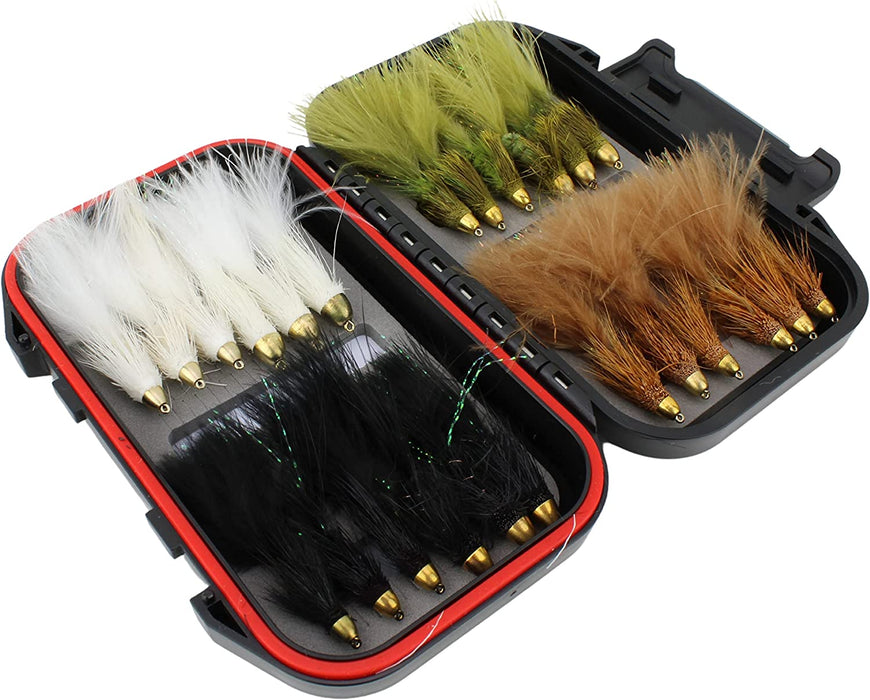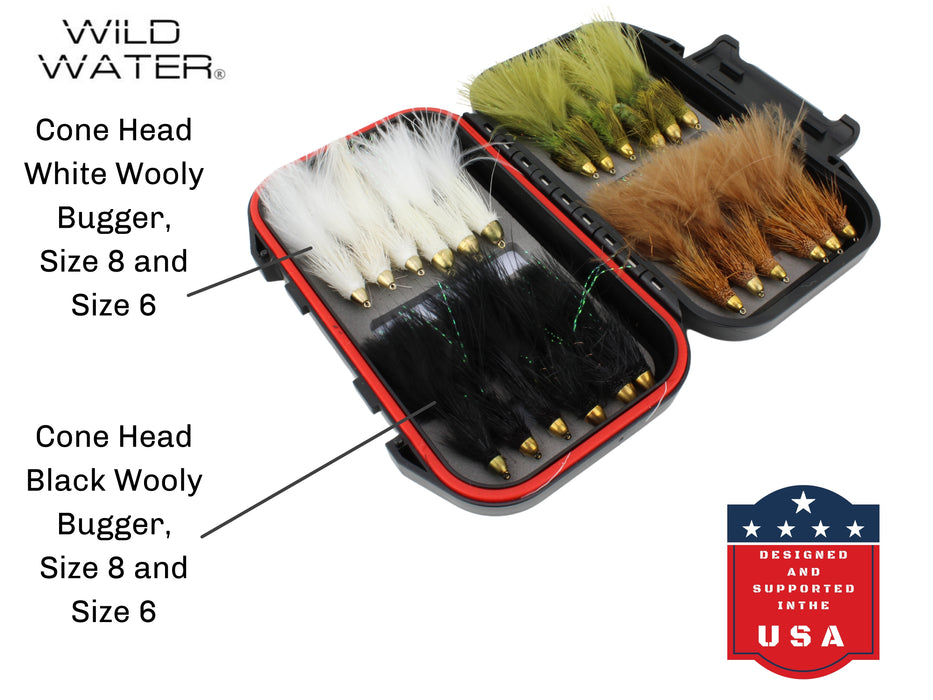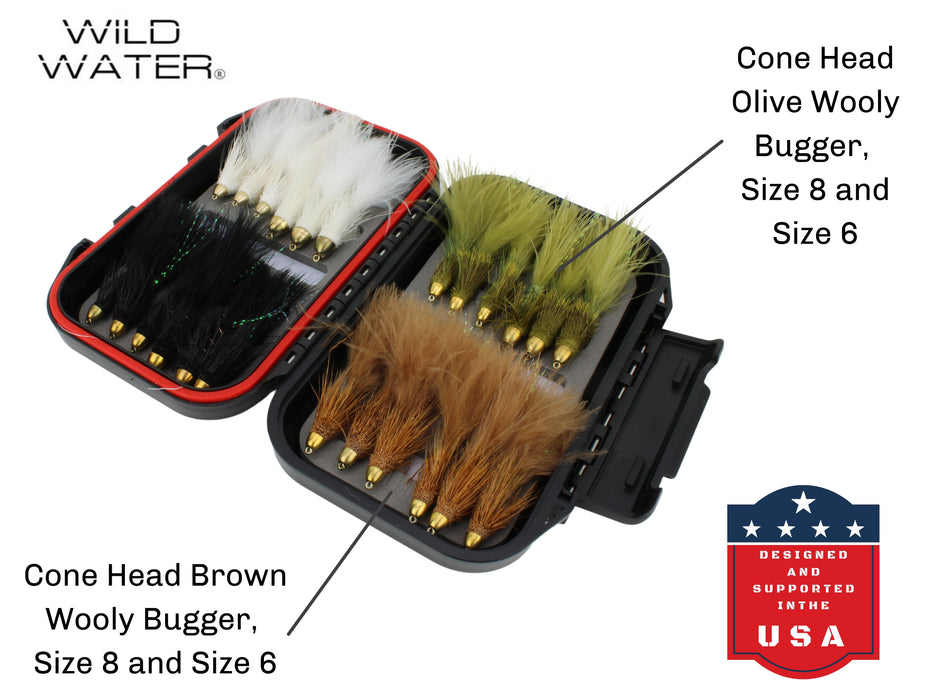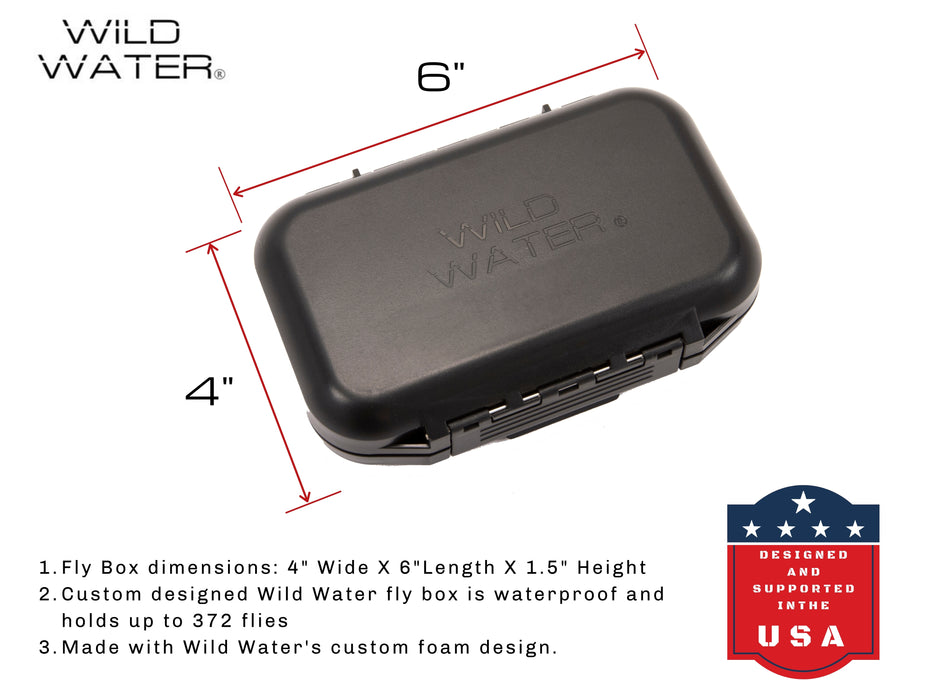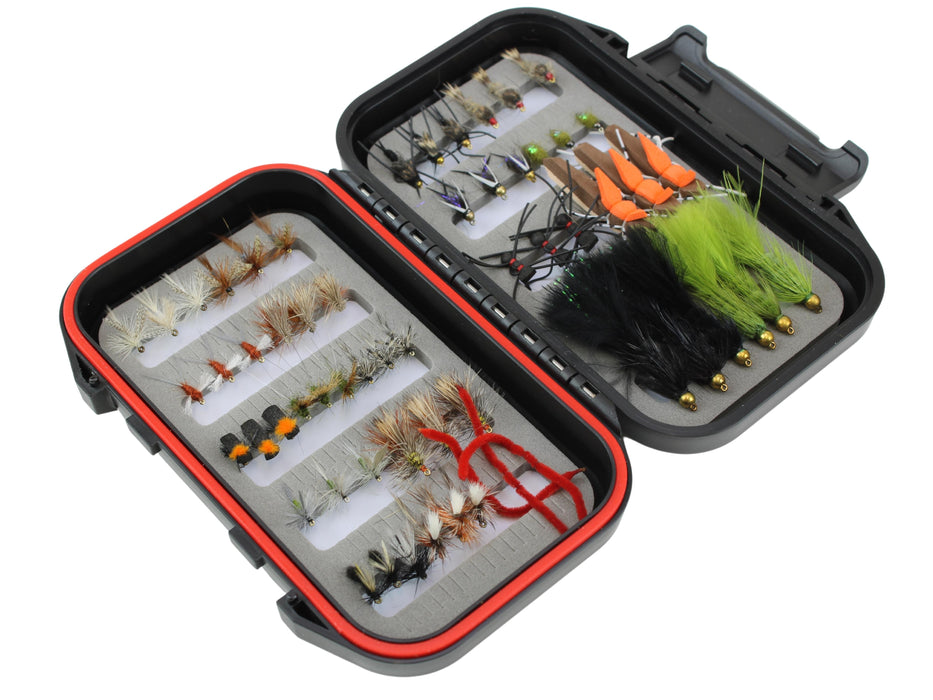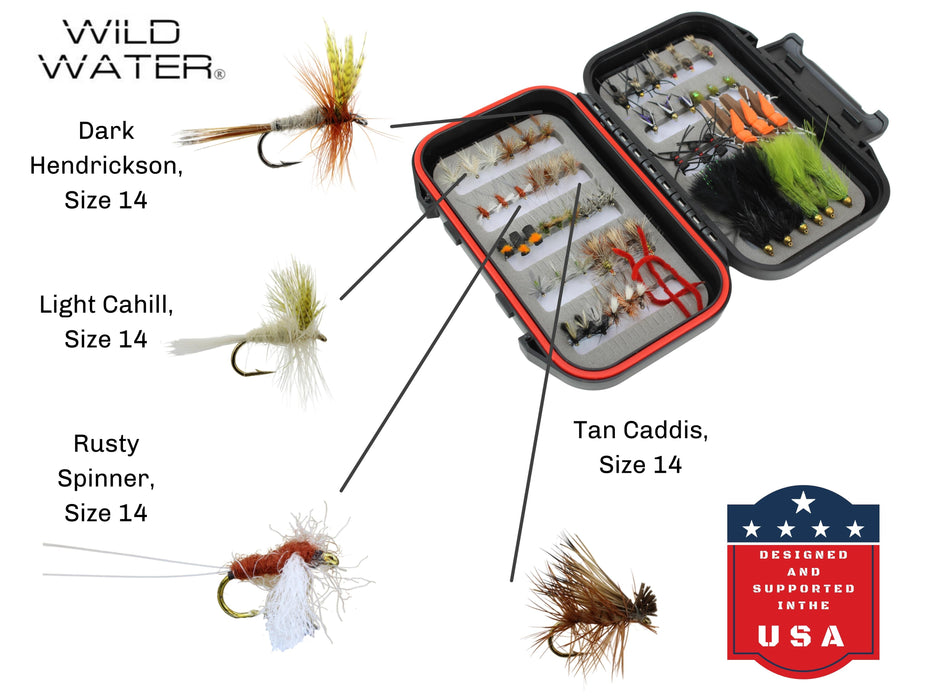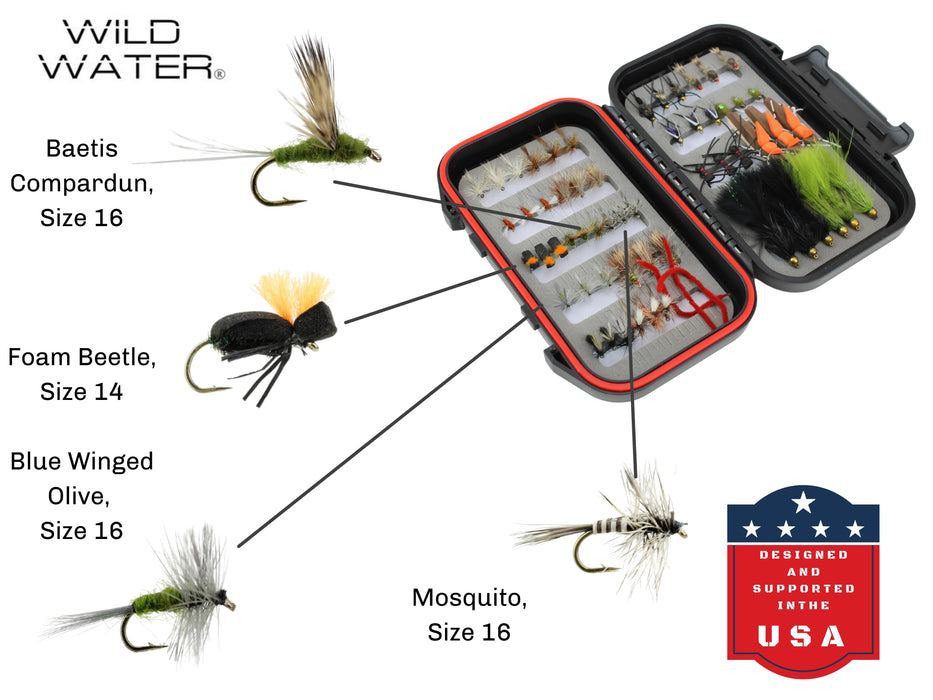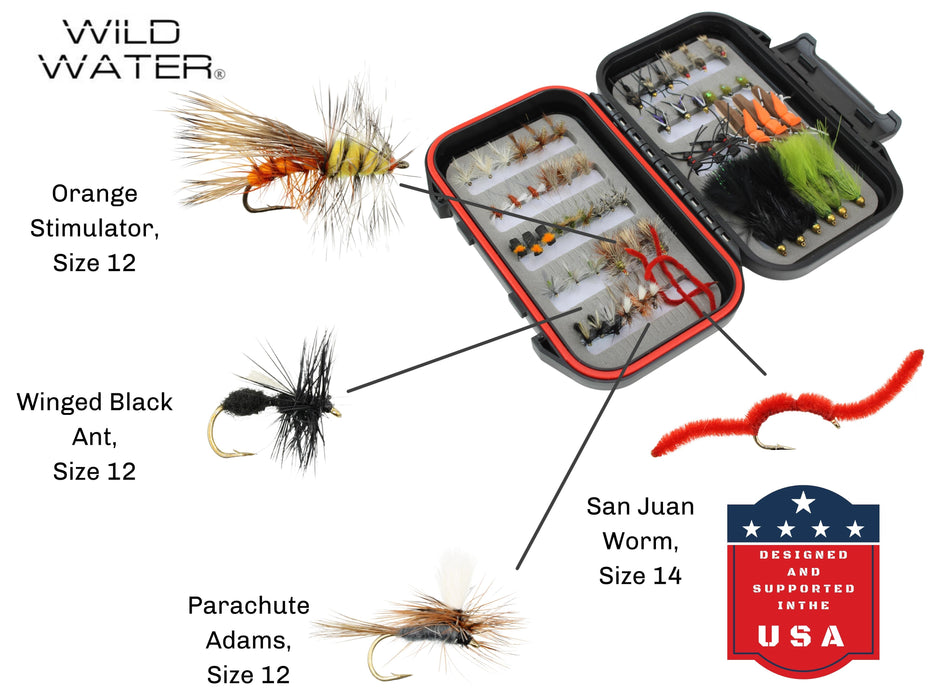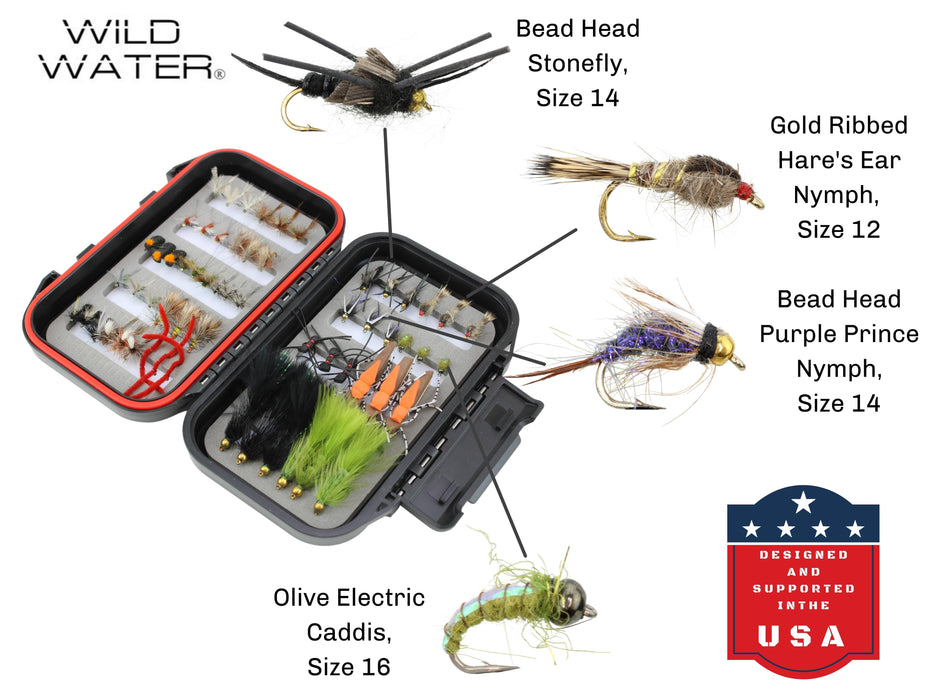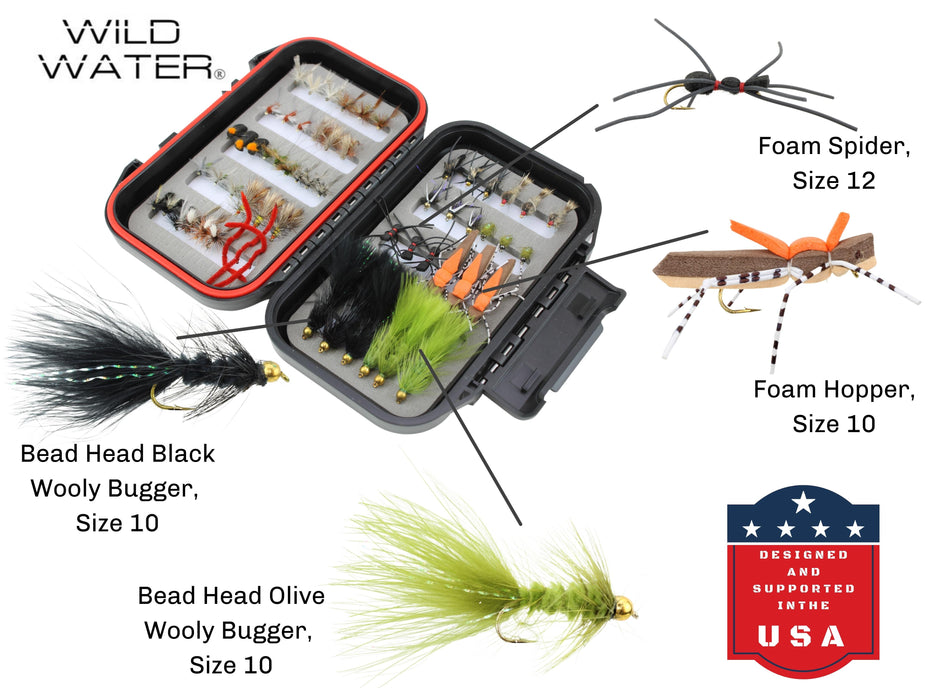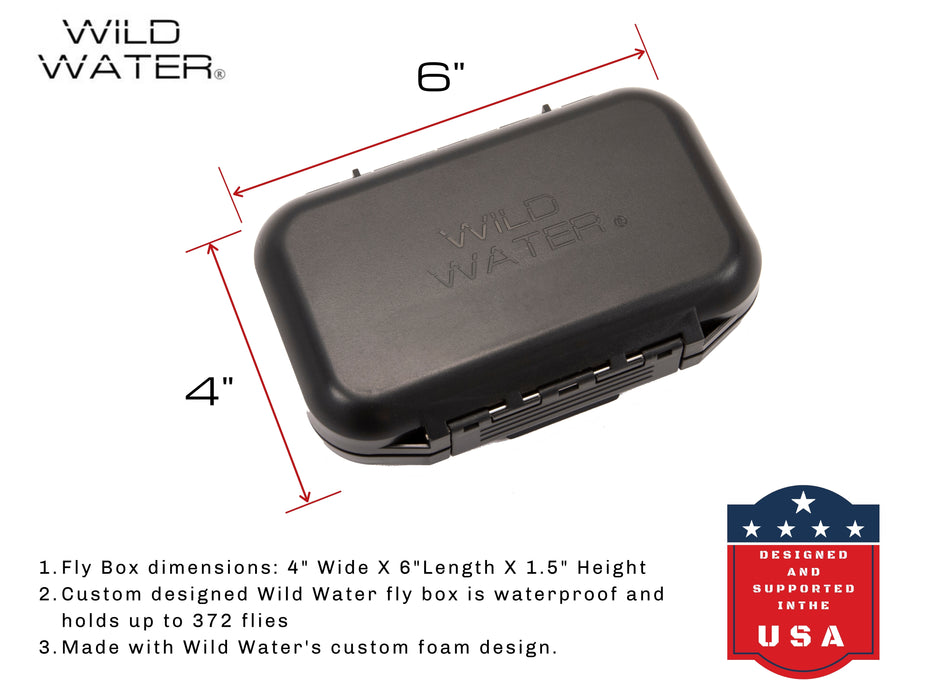Fly Fishing in Washington
Washington Fly Fishing
Washington has a storied history of fly fishing. There are many famous rivers, runs, holes, and personalities. Wild pacific steelhead are the marquee species here, but unfortunately the future of these incredible fish is in jeopardy. For many anglers, there is no higher fish on the bucket list hierarchy. Hopefully the opportunity to catch a wild steelhead is preserved for generations to come. Anglers can also find salmon, sea run cutthroat, and rainbow trout fishing.
Anglers have traveled from around the world for a chance to land a wild steelhead in Washington. Recently, this has become much more difficult for a variety of reasons. Steelhead seasons have been closed, and even when open a controversy is growing on whether or not to fish. Statistically, steelhead returns are at historic lows. While this problem is not specific to Washington and extends to the entire pacific northwest, Seattle is the central hub where the factors contributing to the decline are being discussed and efforts are being made to take steps towards reversing these trends. If you're interested in learning more about the issues these fish face, please visit the Wild Steelhead Coalition's website.
Seattle is located on the Puget Sound, a large estuary connected to the Pacific Ocean. You could spend a lifetime fishing all the different beaches and points but with it's proximity to the city it also makes for a great escape even if you only have a couple hours. No matter the time of year anglers will have the chance to catch sea run cutthroat (SRC), a beautiful fish that can have a bluish hue and the signature orange slash below the gill plate. Look for areas where freshwater creeks flow into the sound as well as points that look like there is some type of structure nearby. The cutthroat will be feeding on smaller baitfish, so using a small minnow pattern is effective. A topwater minnow pattern can add some excitement, it's always fun to see a strike. If you are overwhelmed by the amount of coastline stop in to a local fly shop, they will be happy to point you in the right direction. Puget Sound also has salmon species that can be caught from the same shorelines and beaches. Usually, the salmon fishing will start to pick up later in the summer into the fall. Pink and coho salmon are the most common and both can get into the double digits. A 7 or 8 weight rod is recommended for this type of fishing. It can also be useful to have a sinking line or sinking head for your fly line to get to different depths. If you do not have a sinking line a floating line is perfectly fine. As many already know, Seattle can be wet. No matter the time of year it's always a good idea to have a rain jacket. Just remember, the fish are already wet so a bad weather day might mean a great fishing day. If you're in Seattle and would prefer rivers to saltwater, there are multiple options for trout fishing east of the city.
On the western side of the state is the Olympic Peninsula, which is what protects the Puget Sound from the open ocean. The OP contains hundreds of lakes, miles of rivers, and it famed for it's beauty. In the past, this has been a renowned steelhead destination but as discussed earlier this is changing. That doesn't mean the OP isn't worth fishing, there are still resident rainbow trout, sea run cutthroat, and even largemouth bass to catch. One river in particular is worth noting, The Elwha. In 2012 the largest dam removal in United States history took place on The Elwha. Two years later the rivers second and final dam was also removed, making it a free flowing river once again. In the decade since the dam removal salmon have been able to access new areas. There has also been a reemergence of summer steelhead, hopefully a good sign of things to come. The Op has almost endless miles of rivers to explore and hundreds of lakes, most of which hold some sort of fish. Just about any stream or river that connects to the ocean will have a population of sea run cutthroat. These same rivers will also feature salmon runs.
Eastern Washington has a completely different feel from the western part of the state. One similarity is that it also has a plethora of great fishing opportunities. For example, in the Spokane river you can find the native redband rainbow trout. A subspecies that true to its name features a deeper and more red lateral line than most rainbows. The Spokane also holds cutthroat and brown trout, along with the mainstream version of the rainbow trout. This river is accessible by foot and can be waded, but if you have the time and money a float trip is always a fun way to gain a different perspective and cover more water. One of the more unique fishing locations in Washington is Lake Lenore. Lahontan cutthroat trout reside in Lake Lenore and can grow to over 30 inches. Anglers have a legitimate chance to catch a double digit cutthroat trout which can only be done in a handful of locations around the entire country. This is the same strain of cutthroat as Pyramid Lake in Nevada, which is world famous just for these fish. Smaller spring creeks can also hold larger fish, but make sure to look up any fishing regulations or seasons in the area before going.
The fly fishing landscape in Washington is evolving - the lore of steelhead runs is giving way to the multiple other fisheries available. It serves as a strong reminder to care for our natural resources and to not take anything for granted. These places are extremely special and we can help to care for them, ensuring future generations can enjoy the same experiences that mean so much to us. I believe that if you get out to fly fish Washington you'll agree it's worth fighting for.
